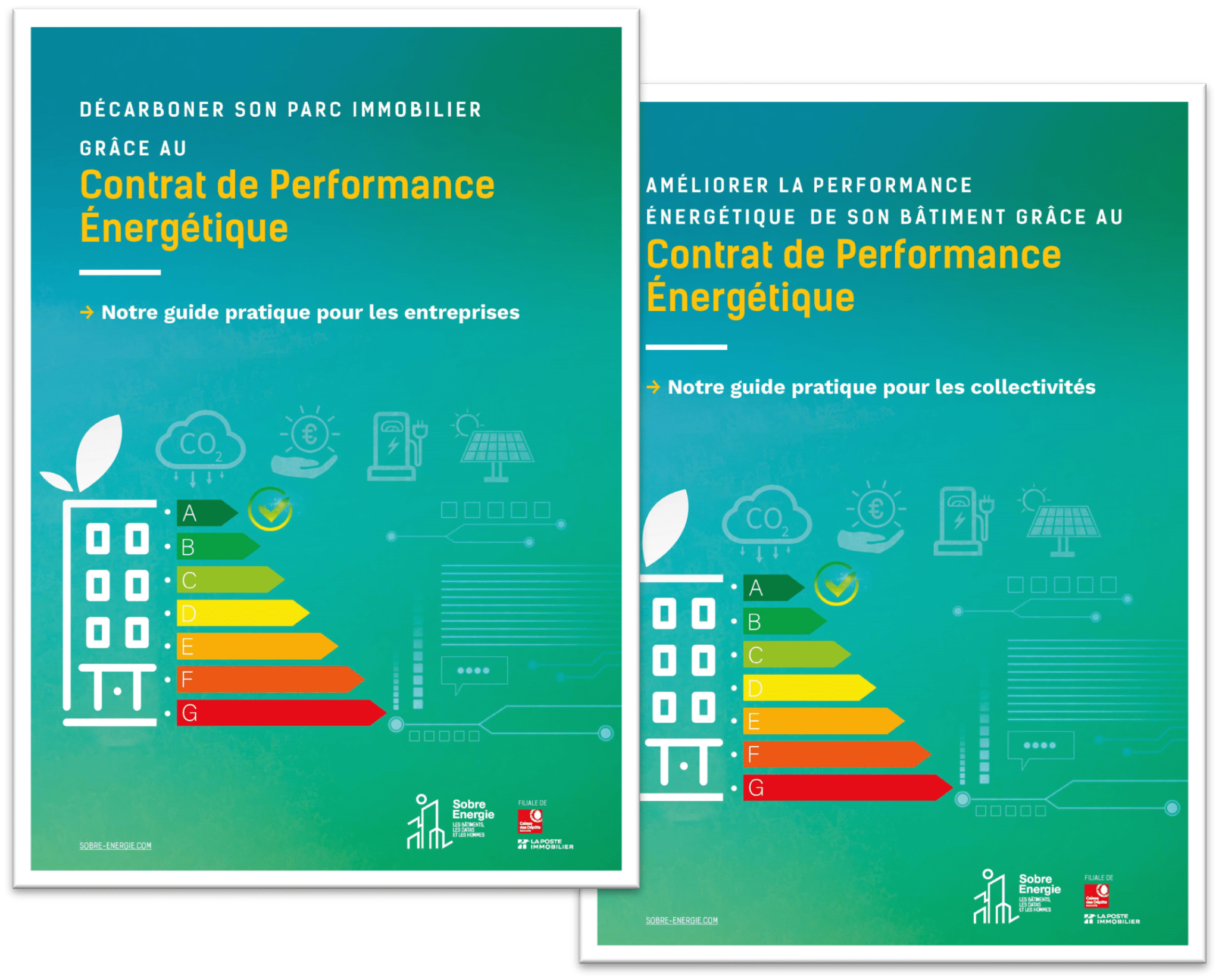On Thursday, May 15, 2025, Amorce gathered energy experts, decision -makers and practitioners around the theme "from strategy to action" . This conference day, articulated between technical presentations and feedback, made it possible to make a specific point on European obligations, to share good practices and to offer concrete avenues to accelerate the energy transition of communities. Here are the lessons:
Regulatory reminder
The European Energy Effective Directive (DEE) , recently revised within the framework of the legislative package "Fit for 55" , now sets reinforced objectives for the member states of the European Union: an average annual reduction of 1.9 % of the final energy consumption between 2024 and 2030 , as well as an obligation of energy renovation relating to 3 % per year of the total area of public buildings.
In France, these ambitions are declined by the tertiary decree (known as "tertiary energy system"), which forces buildings for tertiary use of more than 1,000 m² to follow a quantified performance trajectory: - 40 % by 2030, - 50 % by 2040 and - 60 % by 2050 (compared to 2010).
This double European and national injunction requires communities not only a sustained pace of investments and works, but also the implementation of piloting and consumption monitoring systems in order to control budgets and carbon footprint over time.
European comparison and trajectory 2030
Within the framework of the WEE, the cross -analysis of national assessments for 2022–2023 reveals that the trajectory around 2030 is theoretically achievable: the continental average drop is around 2 %. However, France presents worrying stabilization (+ 0.3 % corrected climate between 2023 and 2024) after a phase of - 4 % the previous year. To stay on the right path, it will be necessary to compensate for this inflection by strengthening investments, without relying on the remedial effect resulting from post -crisis emergency measures. The convergence of practices with our neighbors - in particular by better piloting of public and residential buildings - will be decisive.
Why save energy?
Beyond climatic issues and energy sovereignty, energy savings generate several profits:
- Budget relief for companies, communities and households.
- Improvement of the trade balance by reducing imports of fossil fuels.
- Reduction of air pollution and preservation of biodiversity.
- Social justice: control of energy consumption is a lever for the fight against precariousness.
These arguments offer a shared motivation base to accelerate renovation projects.
Sobriety: from a crisis response to a long -term lever
Beyond these obligations, it is the energy sobriety that has been the subject of a real plea. The figures are telling: after the Ukrainian crisis, French communities reduced their consumption over the winter of 2022–2023 by 12 %, proof that these practices can become a lasting reflex, and not a simple emergency plan. Sobriety does not mean austerity: it is rather a question of better dimensioning, of driving better and, above all, of consuming "only what we need" . Everyone, from the manager of a public building to the resident, can contribute to this new culture of reasoned use.
Transforming this "crisis" state of mind into a daily practice requires work of more intense training, awareness and animation, in particular with buildings of buildings, elected officials and users. The systematic integration of Energy Managers into the structures highlights the importance of internal expertise to translate the effects of levers into real savings.
Contractual and financial tools in maturation phase
Energy sobriety, founds any performance approach, finds a major regulatory relay in the tertiary decree, which forces buildings to reduce their consumption on a progressive and encrypted rate. The current trajectory of the tertiary decree is encouraging but calls for vigilance because the first results are mainly based on simple and quickly mobilizable actions.
To achieve long -term, more ambitious objectives, it will be necessary to take more structuring approaches. In this context, the energy performance contract (CPE) stands out as a strategic lever , making it possible to secure energy savings over time while structuring the investment.
The CPE constitutes the ideal operational tool to translate this obligation into concrete reality. Here are his assets:
- Performance and quality commitment on the duration of the contract.
- Simplified assembly: a single interlocutor to pilot diagnosis, work and follow -up.
- Rapid profitability thanks to financial bonus.
The Energy Manager plays a key role in the guarantee of the success of the project.
The CPE makes it possible to structure a sobriety action plan (equipment optimization, instructions adjustment, user training) while financially securing the community.
In this sense, the tertiary decree pushes to identify and deploy the sobriety deposits and the CPE offers the contractual and technical framework to lock the results and perpetuate the savings made.
The success of the Energy Performance Contract (CPE) and the emergence of the MGPEPD show that innovative assemblies are spreading, bringing more flexibility and security to project leaders.
